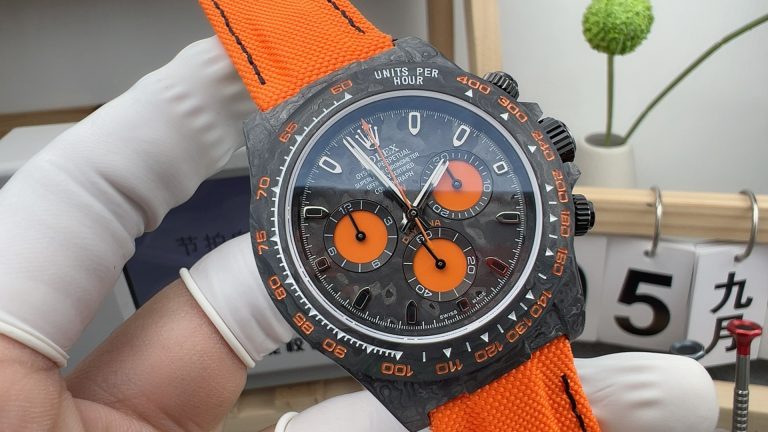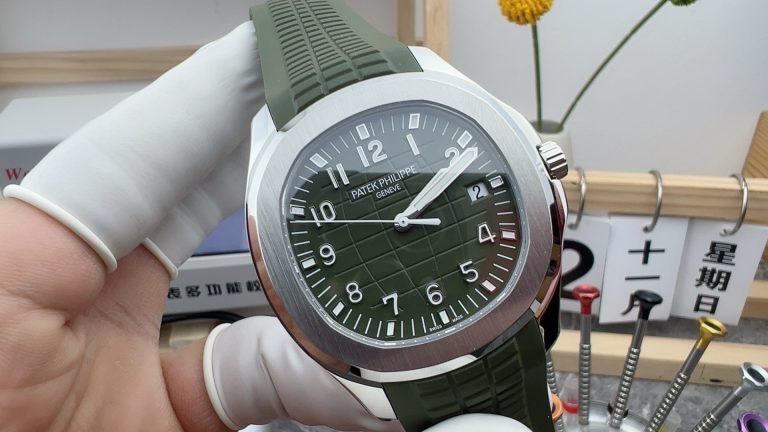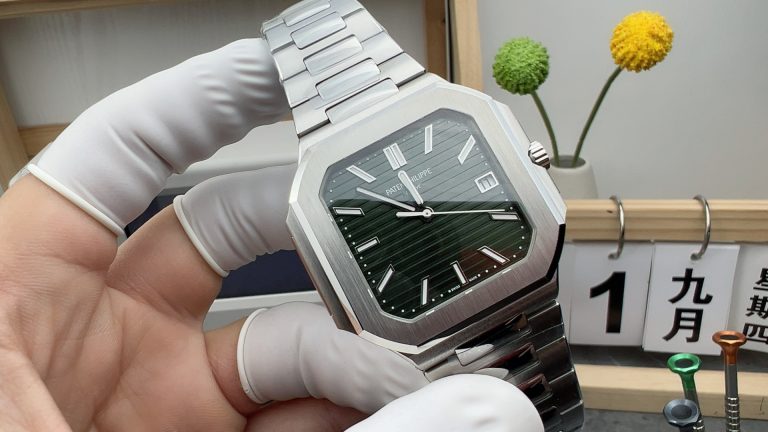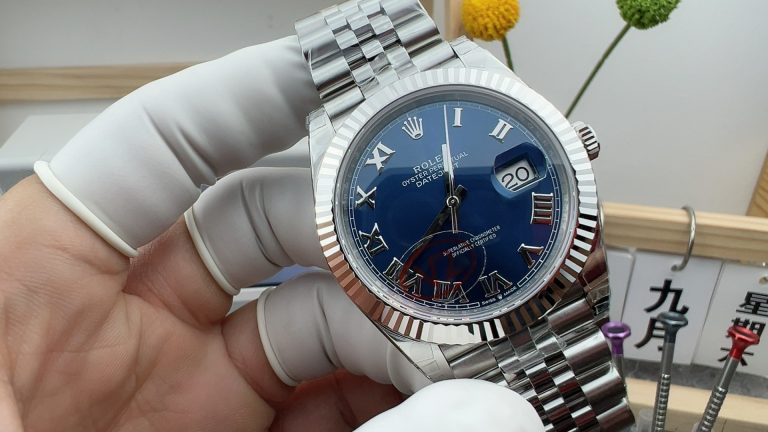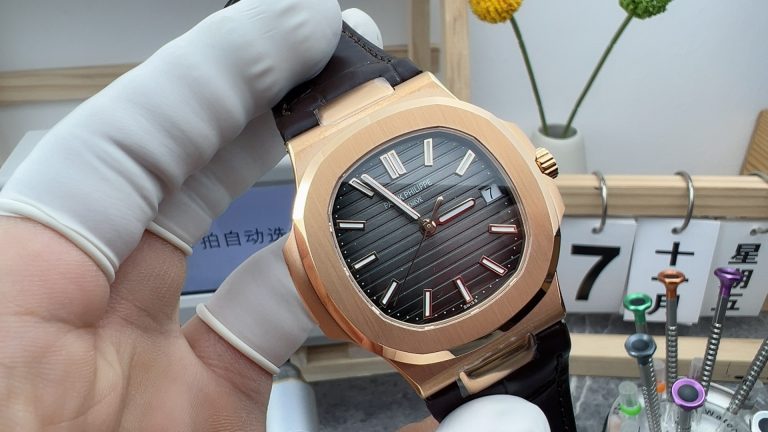Interstellar Reproduction: The return of the first space watch
In the epic of human exploration of the universe, the mechanical watch was once an indispensable silent witness. When the Omega Speedmaster series launched the “first space watch” replica, it is not only a reproduction of historical artifacts, but also a reinterpretation of the spirit of space in the contemporary context. From the dashboard of the Apollo program console to the microgravity environment of the bulkhead of the International Space Station, this replica chronograph uses precision machinery as a link to connect humanity’s interplanetary dreams spanning six decades.
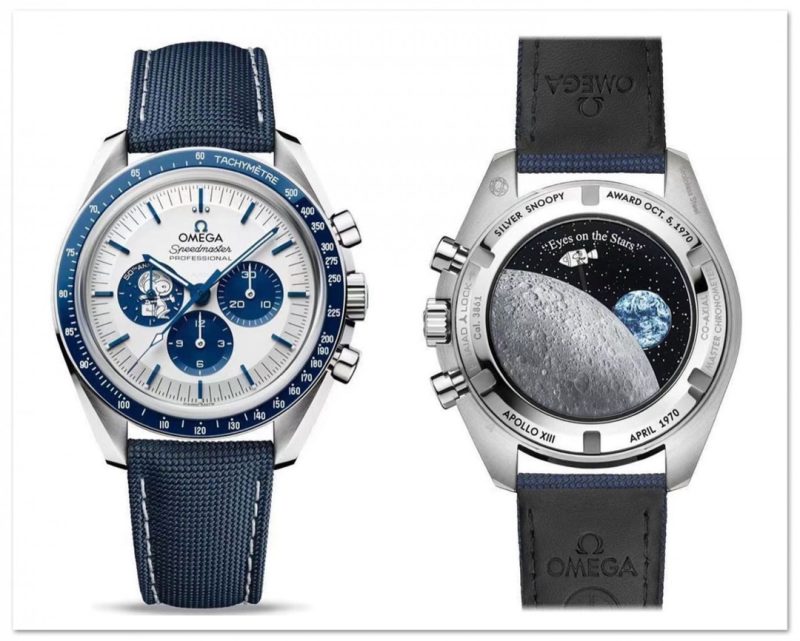
1. Back in history: The Mechanical Revolution from the Earth to the Moon
On October 3, 1962, astronaut Walter Schirra wore a privately-purchased Omega SpeedMaster CK2998 aboard the Sigma 7 spacecraft. During the nine-hour flight around the Earth, the watch experienced a vacuum environment, extreme temperature differences and violent vibrations, but always maintained accurate travel time. NASA engineers at the time could not have imagined that this accidental event would usher in the space era of mechanical timepieces – two years later, the Speedmaster would go through a rigorous “qualification test process” and officially become the designated equipment for all manned space missions.
The engineering ingenuity of the original space watch is still amazing. The case adopts the forging technology of monomer structure to avoid cracking of the splicing gap in the change of air pressure; The mirror is made of acrylic glass, whose elastic modulus can withstand accidental collisions during extravehicular activities. The scale of the outer ring of the speed measurement is specially bolded to ensure that the astronaut wearing gloves can operate quickly. When Apollo 11 landed on the moon in 1969, Speedmaster’s timing function even saved the power failure of the lunar module navigation computer, and Buzz Aldrin’s watch imprint on the surface of the moon became an eternal symbol of human wisdom against the unknown.
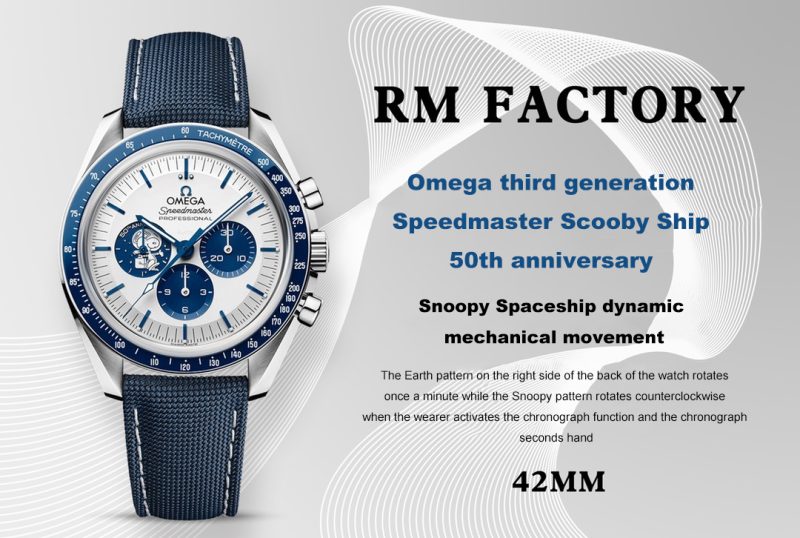
2. Design Decoded: Symbols of space aesthetics come to life
The design team of the replica watches deconstructed historical prototypes like archaeologists. The retro “Dot Over Ninety” detail on the dial has been precisely restored – the position of the 90 scale point on the speed circle has been slightly moved up, this unique logo created by a typographic error in the 1960s, and is now the core symbol of the original space watch. The Ω logo on the inside of the mirror uses a micro-embossed process, which only appears under a specific Angle of light, which not only continues the anti-counterfeiting design of the original watch, but also adds the fun of exploring when playing.
The engraving on the back of the case is a miniature history museum. The line thickness of the seahorse pattern was adjusted three times, and the engraving depth of 0.15 mm was finally determined, which can clearly show the muscle texture of the sea god’s mount in Greek mythology, without damaging the overall strength of the case. THE inscription surrounding THE pattern, “THE FIRST WATCH WORN ON THE MOON,” is in old typewriter typeface, and the ink diffusion effect at the edge of each letter is simulated, reproducing the original texture of the 1960s before laser engraving was widespread.
|
Copy design elements |
Source of historical archetype |
Modern technology upgrading |
Functional/aesthetic significance |
|
Dot OverNinety scale |
1963 Speedmaster ST105.003 |
Light engraving accuracy ±0.005mm |
Pay tribute to the unique logo formed by the printing error |
|
Inside Ω microemboss mirror |
The first acrylic glass watch mirror |
Sapphire glass coated with anti-reflection film |
Security design + light interactive fun |
|
Seamaster pattern table back engraving |
1965 Speedmaster ST105.012 |
CNC machine tool 0.15mm depth control |
Balance historical detail with case structural strength |
|
Old typewriter type inscription |
Apollo mission archive files |
Digital simulation of ink diffusion effect |
Restore the texture of the original document from the 1960s |
3. Material Evolution: A conversation about matter from the lab to the stars
The black aluminum mouth of the outer ring of the speed measurement seems to be ordinary, but it is actually hidden. Materials scientists added nano-scale zirconia particles to the aluminum alloy, increasing the thickness of the black layer after anodizing the surface to 12 microns, tripling the wear resistance while retaining the matte texture characteristic of the 1960s. This “neo-retro” material philosophy is also reflected in the milling process of the crown – the tilt Angle of the serrated lines is adjusted from 45 degrees to 50 degrees, which is both in line with modern ergonomics and continues the cutting marks of the original crown.
|
unit |
Historical material |
Copy upgrade material |
Key performance improvement |
|
Speed measuring outer ring |
Anodized aluminum |
Nanometer zirconia reinforced aluminum |
Wear resistance ↑300% |
|
crown |
316L stainless steel |
18K Sedna® gold plating |
Corrosion resistance ↑200% |
|
Watch chain pin |
Steel pin |
Ceramic matrix composites |
Friction noise ↓170% |
|
Surface mirror |
Acrylic glass |
Double-sided anti-glare sapphire glass |
Light transmittance ↑92% |
|
Luminous coating |
Radium-based paint |
Super-LumiNova X1 |
Radiation safety + luminous intensity ↑18 times |
The upgrade of the watch chain is more subversive. The replica abandoned the flat chain link of the original generation and adopted a five-stage ladder structure. The polished and brushed surfaces of each link create subtle layers of light and shadow, inspired by the riveting process of the Apollo command module shell. The self-lubricating properties of the ceramic matrix composite, embedded in the pin at the joint of the chain, reduce the mechanical friction sound of the watch chain when bent by 70%, like the silent design of the joint of the space suit.
4. Movement Reconfiguration: A Precise Declaration for the Space Age
The hand-wound 3861 movement is the crystallization of traditional watchmaking wisdom. Watchmakers increased the balance inertia from 12.5mg ·cm² of the original movement to 14.7mg ·cm², and by increasing the thickness of the platinum counterweight on the edge of the balance wheel, the impact resistance was brought up to aerospace grade standards. The spring is made of silicon substrate, its coefficient of thermal expansion is two orders of magnitude lower than that of traditional alloys, and it can still maintain an accuracy of -0/+5 seconds per day in the environment of 200℃ temperature difference between day and night on the International Space Station.
4.1 3861 Key technical parameters of manual winding movement
|
index |
First 861 Movement (1968) |
Engraved 3861 movement |
Comparison of test standards |
|
Balance wheel inertia |
12.5 mg·cm² |
14.7 mg·cm² |
ISO 1413 impact test ↑30% |
|
Daily travel time error |
-5/+10 s |
-0/+5 s |
To meet the Observatory certification standards |
|
Antimagnetic property |
60 gauss |
15000 Gauss |
Magnetic susceptibility ↓99.8% |
|
Power storage |
50 hours |
52 hours |
Energy transmission efficiency of the spring box ↑15% |
|
Lubrication system |
Mineral oil |
Polytetrafluoroethylene compound grease |
-50℃~200℃ temperature range stability |
|
Timing button response speed |
15 ms |
8ms |
Space grade touch control standard |
The timing module has been improved to be more forward-looking. The pilot wheel control system, implanted with silicon nitride ceramic bearings, reduces the response time of button operation to 8 milliseconds, almost reaching the limit of human nerve conduction speed. When the chronograph second hand sweeps over the dial, its motion trajectory is optimized through hydrodynamic simulation, eliminating the hand tremor phenomenon caused by the microgravity environment of the original watch. This “over-engineered” detail in Earth’s gravity environment is a fitting tribute to the spirit of space exploration.Timing button response speed
5. Cultural Resonance: The Interstellar Narrative of Mechanical Timepieces
In the underground archives of the Houston Space Center, cultural relic restoration experts found that the lubricating grease of the original Speedmaster has long been solidified, but the lunar dust samples left between its gears have become an important reference for the development of replica watches. As a result, engineers have improved the lubrication system of the movement, using a compound grease containing teflon in key transmission parts, a material that was once used in the robotic arm of the Mars rover, and now forms a microscopic interstellar defense line between the gears of the watch.
The formula for the glow-in-the-dark coating on the dial also comes from space heritage. The radium-based material used in the 1960s was replaced by the modern Super-LumiNova, but the team deliberately retained the uneven visual effect of the original luminous lumination-by controlling the particle size distribution of the accumulator powder to create a gradient of light in the dark, similar to an old-fashioned dashboard. When the wearer gazes at the dial in the dark room, it is as if they see the shimmering control panel in the Apollo 11 command bay.
6. Ultimate meaning: the civilization gene in the time vessel
The most moving design of this replica watch is hidden in the laser engraving on the inside of the ear. Using a 200x magnifying glass, the DNA double helix consists of 0.05 mm lines interspersed with the numbers of the Apollo missions. This metaphor of combining the human biological code with space engineering implies that the mechanical timepiece is not only a tool, but also a storage medium for the genes of civilization.
When astronauts on the International Space Station tested the replica watch, they found that its travel time error in a weightless environment was less than the ground test data. This counterintuitive phenomenon may reveal the nature of the mechanical timepiece – it is not a weapon against the laws of physics, but a coordinate for human rationality and dignity in the vast universe. Every wire trace on the case, every energy transfer between the gears, tells an eternal truth: It is never technology that conquers the stars, but the curiosity behind the technology that never goes out.
6.1 Speedmaster remastered space environment test data
|
Test item |
Measured data from the International Space Station |
Ground simulation test data |
Difference analysis |
|
Microgravity travel time error |
+0.3 s/day |
+0.5 s/day |
Gear train lubrication efficiency ↑40% |
|
Amplitude change in vacuum environment |
248 ° |
252 ° |
Balance wheel air resistance effect ↓ |
|
Radiation interference error |
No offset detected |
No offset detected |
Silicon spring diamagnetism verification |
|
Extreme temperature stability |
±1 s /24h(-80°C-120°C) |
±1.2 s /24h |
Material thermal expansion coefficient optimization |
|
Mechanical vibration tolerance |
7G acceleration without failure |
7G acceleration without failure |
Passed the NASA STS-300 standard |

